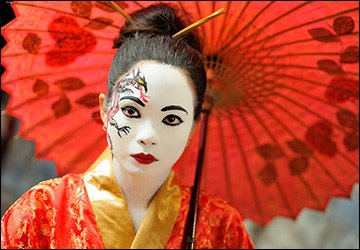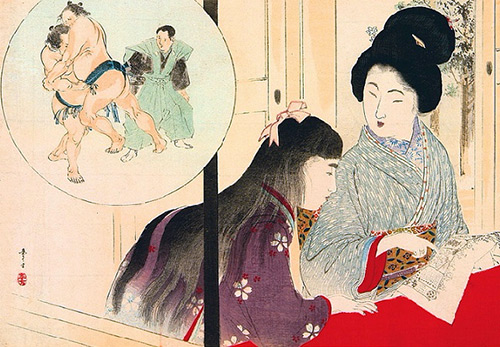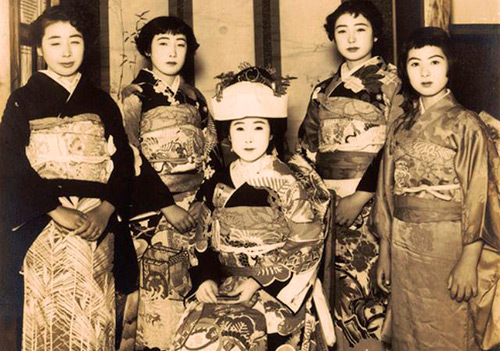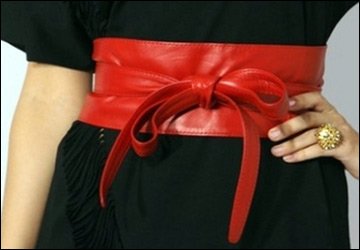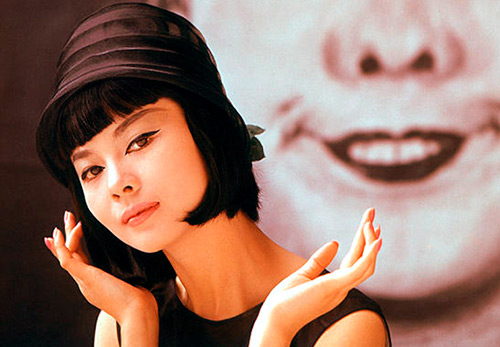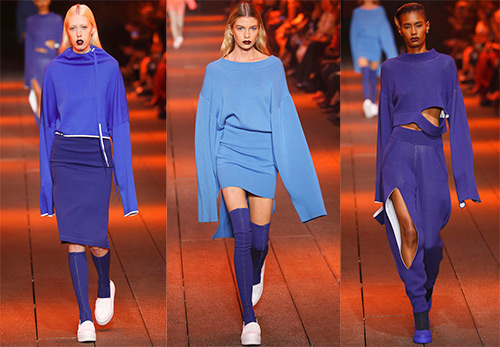Style
Japanese style in fashionable clothes
Nothing changes as quickly as fashion. And turning to the past for ideas often gives excellent results, and sometimes new discoveries. A whole era, national clothing, print or even architecture can serve as inspiration for designers.
In the early 10s of the last century, Europe was overwhelmed fascination with the East... Especially noticeable is the love of exoticism in Paul Poiret's kimono dresses. And now the popularity of the Japanese style passes from season to season, finding new and new admirers of oriental exoticism.
The basis of the Japanese wardrobe is tunic-like spare clothing, such as a robe.
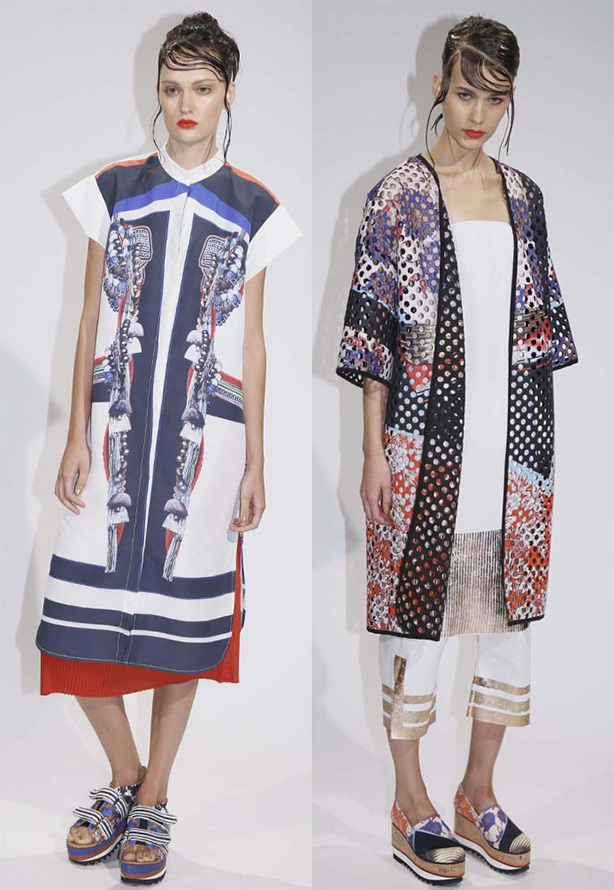
Clover canyon
The kimono is a traditional Japanese swing-out garment with wide, one-piece sleeves that were originally long. Now the length of the sleeve often changes - from the shortest, just below the shoulders, to the wrist and maybe even lower. Kimono belted with traditional obi belt, the dimensions of which were usually up to 6 meters in length.
The Japanese strive to observe the traditions of the national costume, therefore, when cutting a kimono, on average, about 10 meters of fabric are used in length and 35 cm in width. These sizes of fabrics have long been due to the size of the old loom. Those who take care of their national traditions, when cutting a kimono, observe precisely these sizes of fabric.
The color scheme of the Japanese costume is very diverse. Flowers, pink flamingos, parrots, colorful hummingbirds and other exotic prints will decorate the outfit of modern fashionistas even now.
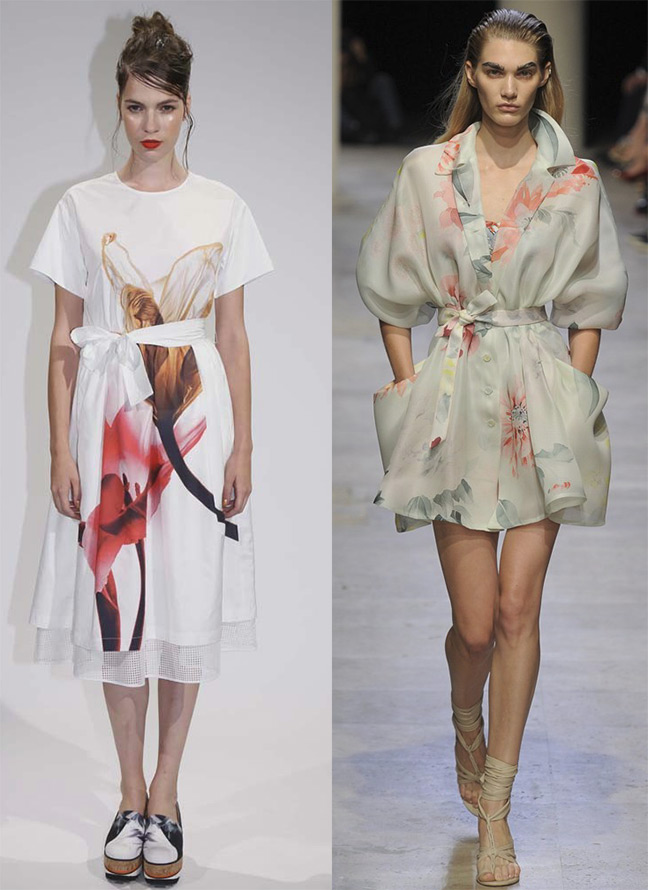
Clover Canyon and Leonard
In European clothing, the cut of the kimono, or as it is sometimes called, "Japanese", is interpreted. In most cases, the zap? Ha principle, obi belt, one-piece sleeves or even sleeves with an elongated shoulder line are used.
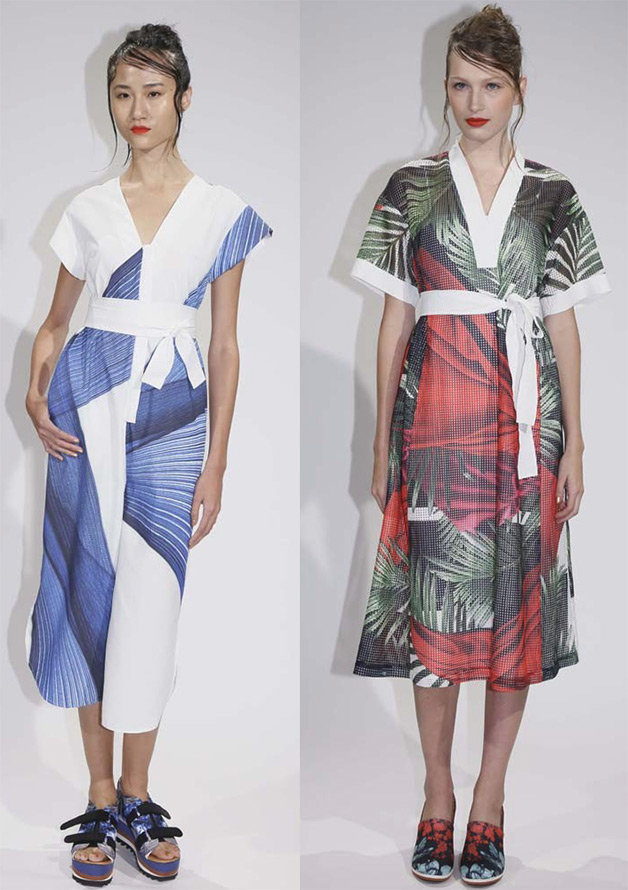
Photo above - Clover Canyon
Photo below - Andrew Gn
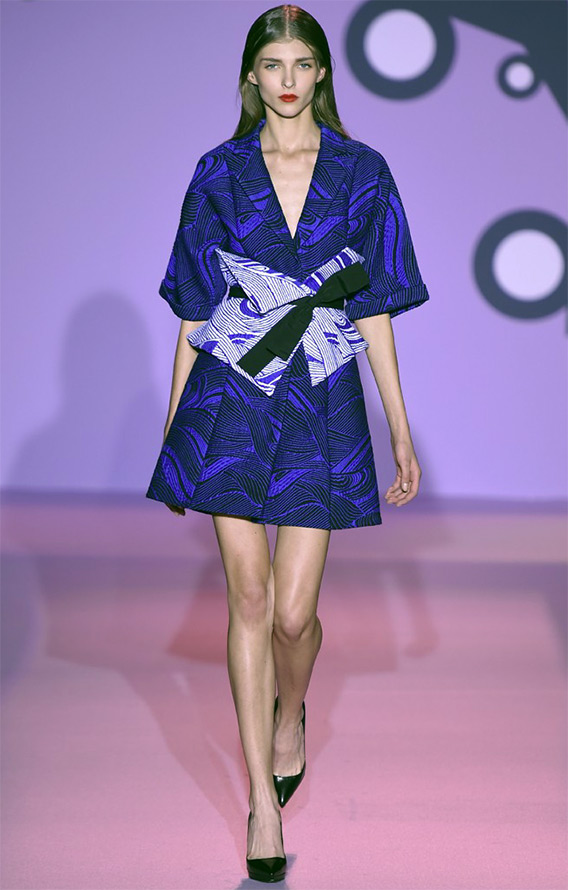
The construction of a model on the basis of a kimono is considered not only in dresses, it can be a jumpsuit with culottes or a blouse with sleeves with a deep armhole and a mini-skirt with an emphasized waist belt.
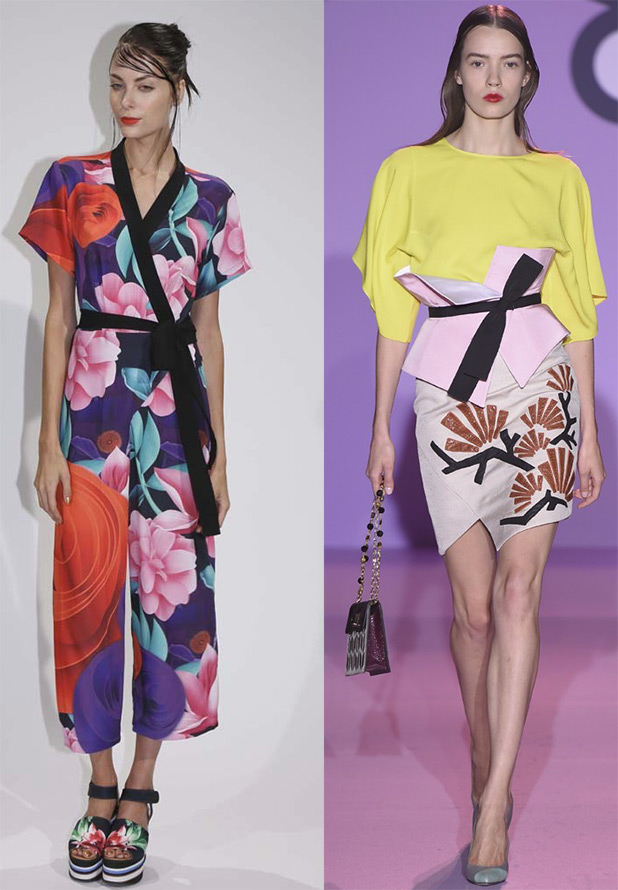
Clover Canyon, Andrew Gn
Shoes - sandals on a high platform - geta, which in the original version were wooden shoes on a 10cm high bench, help to completely create the Japanese style.
Japanese clothing is often multi-layered, wide at the armhole of lightweight fabric, best of all flowing and flowing silk.
Of particular interest in the 2024 collections are the models Marni, Clover Canyon, in which you will surely find elements of Japanese style.
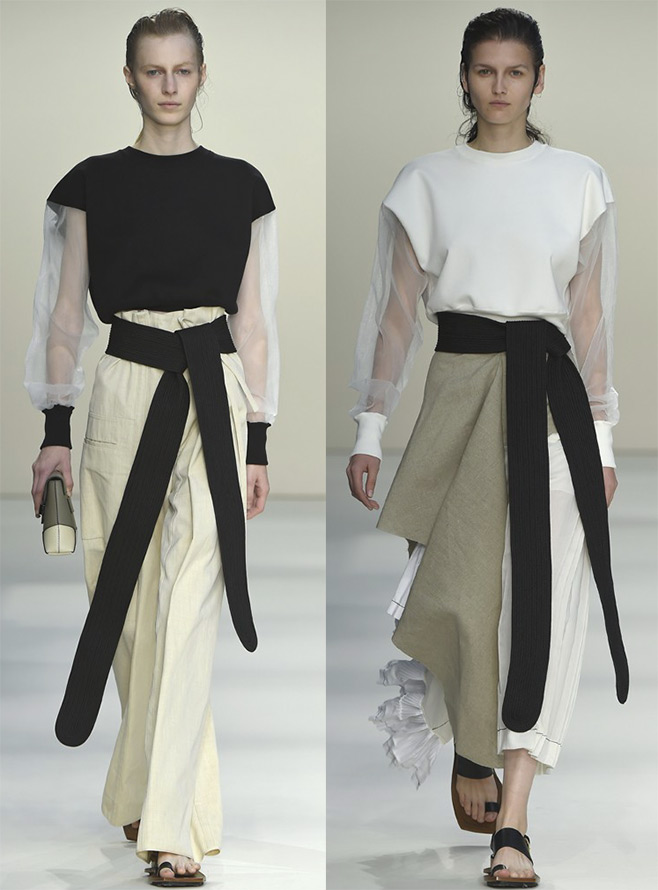
Marni
Clover canyon
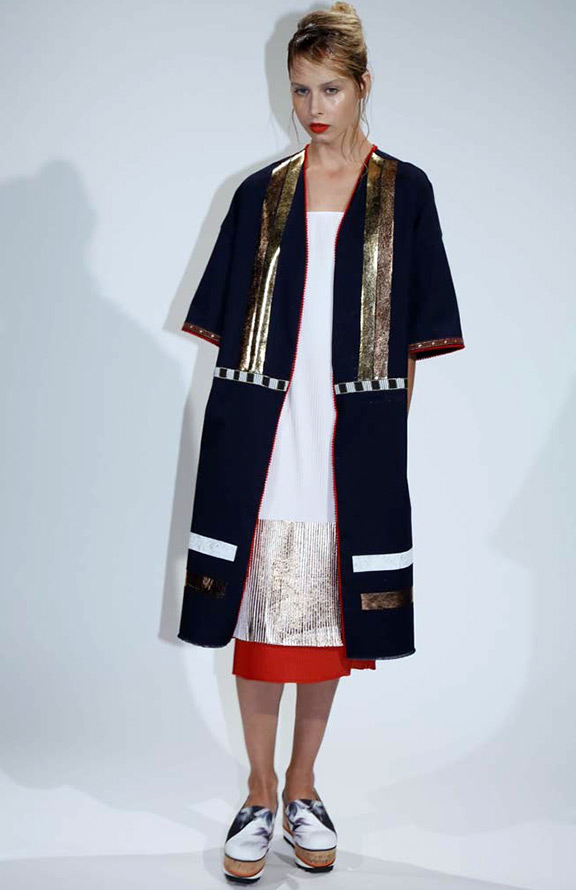
Comments and Reviews
Add a comment
Rating news
Shades of clothing that make women look younger
What shades of hair make women younger: rules and photos
Funny wedding dresses - photos and ideas
12 most expensive down jackets for the winter
How to look 25 at 40: tips from supermodels
Beautiful schoolgirls
Anti-aging haircuts and hairstyles for women
Fashionable skirts for autumn and winter
Fashionable women's trousers for the cold season
Fashionable and stylish sandals for summer 2024
Spring-summer 2024
 Fashionable dresses and tops with thin spaghetti straps
Fashionable dresses and tops with thin spaghetti straps
 Bandana tops: how to wear stylishly and beautifully
Bandana tops: how to wear stylishly and beautifully
 How to put together the perfect men's wardrobe for the summer
How to put together the perfect men's wardrobe for the summer
 Fashionable shorts for spring-summer 2024
Fashionable shorts for spring-summer 2024
 Fashionable skirts for spring-summer 2024: a guide to online shopping
Fashionable skirts for spring-summer 2024: a guide to online shopping
 The most fashionable dresses spring-summer 2024: styles and colors
The most fashionable dresses spring-summer 2024: styles and colors
 Fashionable total look 2024: ideas of images and trends
Fashionable total look 2024: ideas of images and trends
